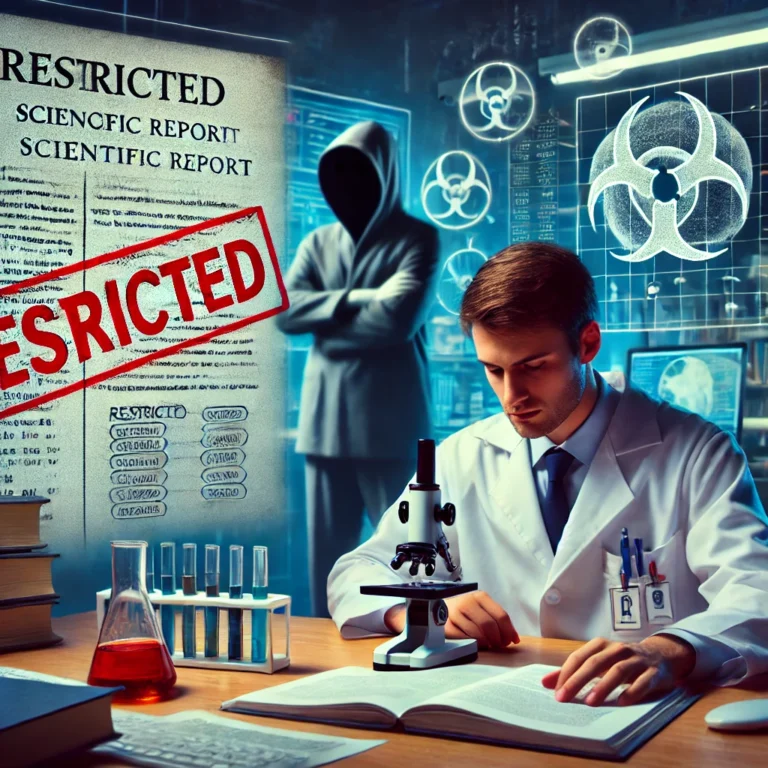In the fast-paced world of federal contracting, the phrase “time is money” isn’t just a cliché—it’s a cold, hard truth. Deadlines loom large, and deliverables have to be precise, polished, and on time. That’s why I’m taking a bold step to solve a challenge we’ve all faced: speeding up the creation of high-quality deliverables without sacrificing quality. Enter the application I’m currently building—an internal tool that will automate deliverable creation by marrying our requirements gathering and templates with the power of AI.
Let me paint a picture. Right now, creating deliverables—whether it’s a detailed project proposal, a compliance matrix, or a post-implementation report—requires a ton of manual effort. Sure, we have templates and checklists, but these are static tools that still rely on humans to fill in the blanks. And when you’re juggling competing priorities, it’s easy for errors, inconsistencies, or inefficiencies to creep in. My goal is to change that—to take those static tools and inject them with dynamic intelligence.
This application I’m building isn’t just a time-saver; it’s a game-changer. By integrating AI into the development process, I’m enabling our internal teams to move faster and smarter. Here’s how it works:
- Automated Data Extraction and Organization: Instead of manually pulling information from discovery meetings, emails, and forms, the tool uses AI to analyze the data we’ve collected and map it to pre-defined deliverable structures.
- Dynamic Content Generation: Leveraging AI-powered natural language generation, the application can populate sections of a deliverable with clear, concise, and tailored content—aligned with both the client’s expectations and our templates.
- Quality Assurance Assistance: AI will help validate the output against key requirements, ensuring that nothing critical falls through the cracks.
Building this tool has been a fascinating experience—not just because of what it will do for our teams, but because of how I’m building it. I’m using AI to augment my own development process. AI tools are helping me debug faster, write cleaner code, and even suggest ideas I hadn’t thought of. It’s like having a highly skilled (but never tired) co-pilot riding shotgun through the entire build. I’m getting to the finish line faster and with fewer headaches, all thanks to the very technology that’s at the heart of this application.
Of course, this isn’t a one-and-done project. Once the tool is live, I plan to continuously refine it based on user feedback. Maybe that means training the AI on more nuanced deliverable types or adding more integration points to streamline workflows even further. Either way, this is just the beginning.
So why am I sharing all this? Because I think it’s a perfect example of how embracing AI isn’t just about making big promises or speculating about the future. It’s about rolling up your sleeves and solving real problems, right now. It’s about blending human ingenuity with machine intelligence to get better results than either could achieve alone.
To all my fellow leaders and technologists: think about where you can apply this kind of thinking in your own work. Where are your teams bogged down by manual processes or repetitive tasks? How can you harness AI to eliminate bottlenecks and empower your people to focus on higher-value work?
Let’s keep the conversation going. I’d love to hear how you’re using (or thinking about using) AI to transform your workflows. Drop a comment below or send me a message—because the future of work isn’t something we’re waiting for. It’s something we’re building today.













